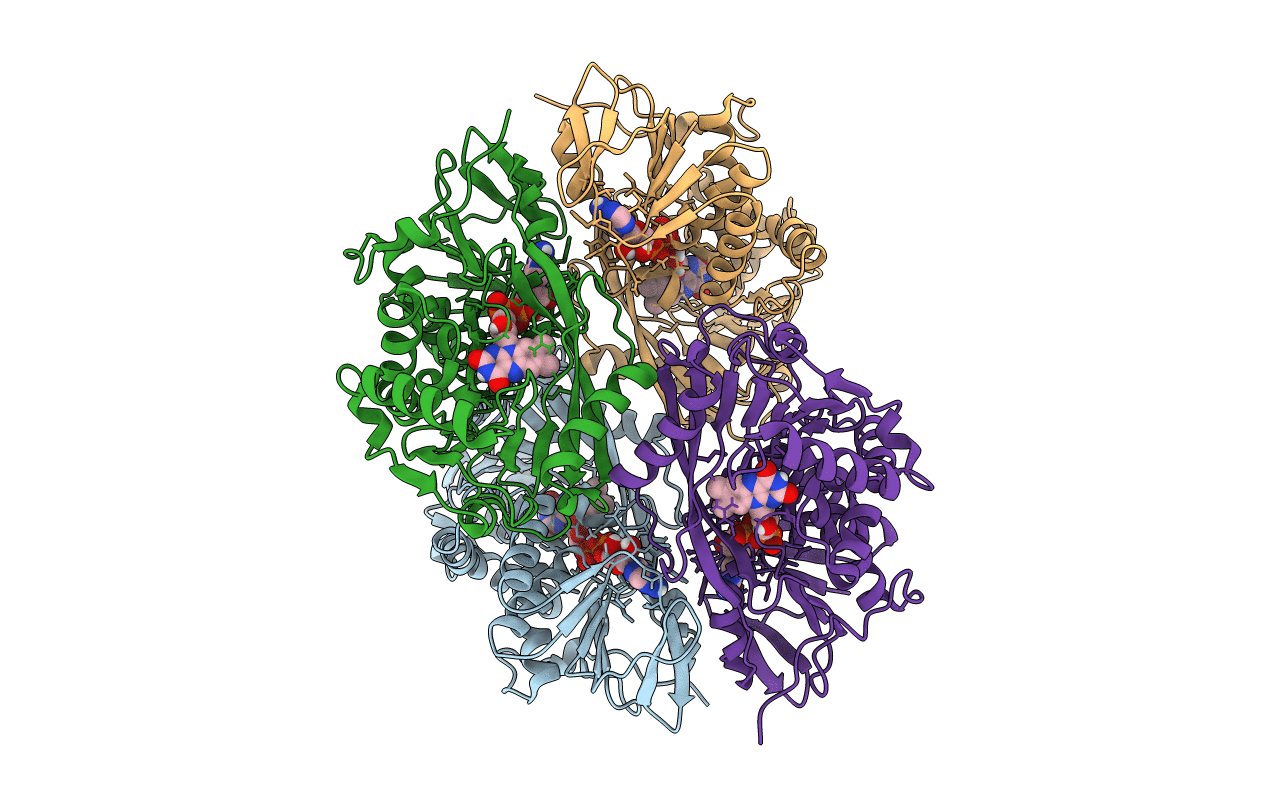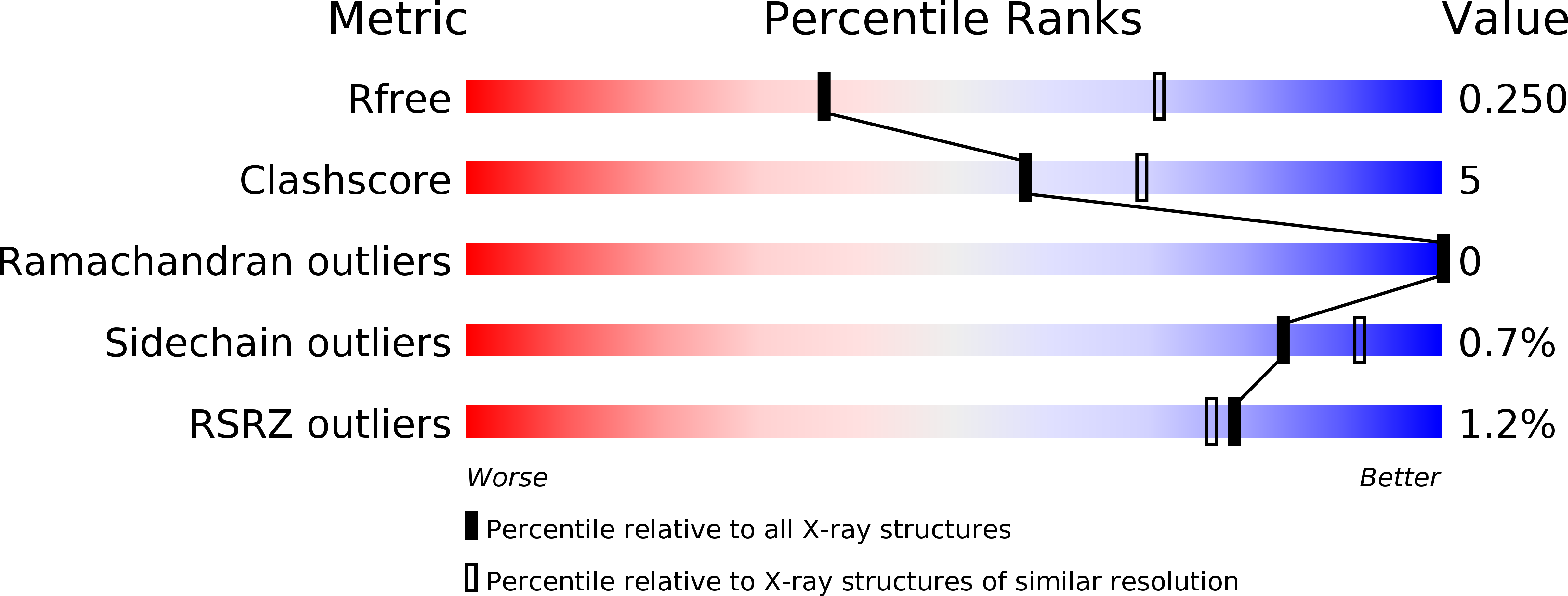
Deposition Date
2019-07-26
Release Date
2019-10-16
Last Version Date
2023-10-11
Entry Detail
PDB ID:
6PXS
Keywords:
Title:
Crystal structure of iminodiacetate oxidase (IdaA) from Chelativorans sp. BNC1
Biological Source:
Source Organism:
Chelativorans sp. BNC1 (Taxon ID: 266779)
Host Organism:
Method Details:
Experimental Method:
Resolution:
2.84 Å
R-Value Free:
0.24
R-Value Work:
0.21
R-Value Observed:
0.21
Space Group:
P 43 21 2


